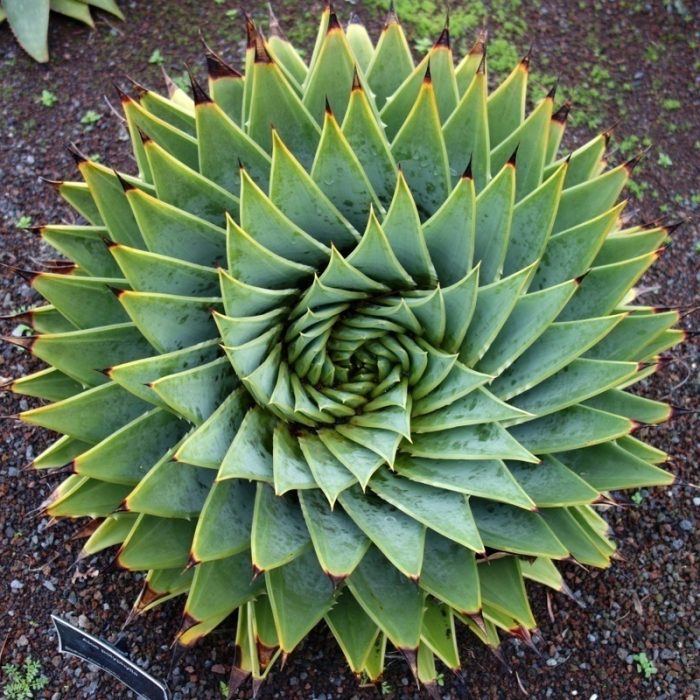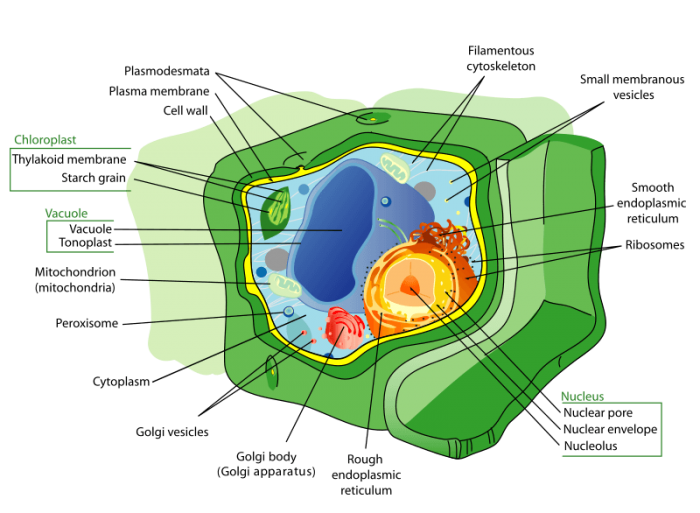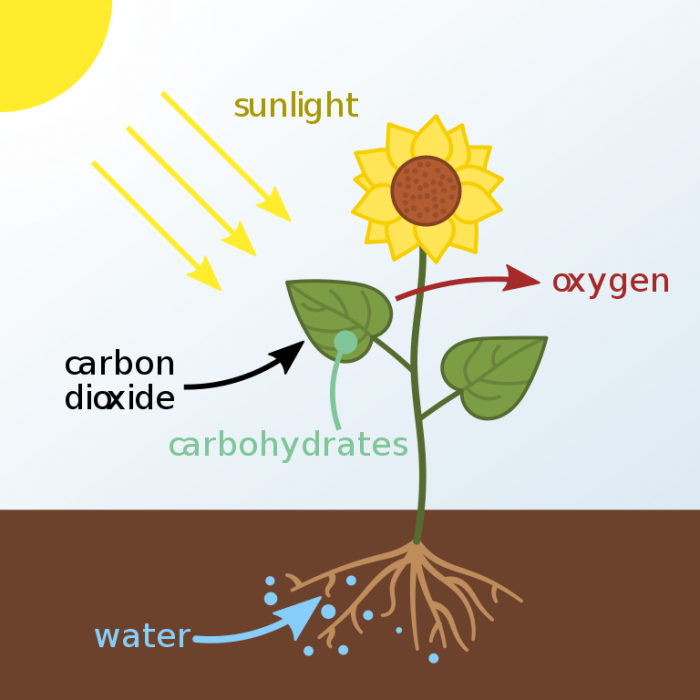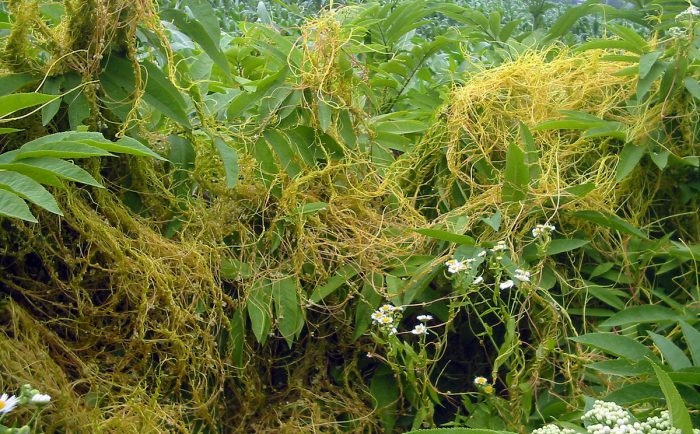
Taxonomy in biology refers to the science of classifying and organizing living organisms into groupings based on shared characteristics. Organisms are placed into taxa which are organized according to taxonomical rank. This organizational scheme results in a taxonomical hierarchy, where higher groupings refer to more general categories of organisms. The primary taxonomic groupings are:
- Domain
- Kingdom
- Phylum
- Class
- Order
- Family
- Genus
- Species
The domain is seen as the highest taxonomical rank, and species is seen as the lowest.
Traditionally, there are 6 taxonomical kingdoms: Animalia, Plantae, Fungi, Protista, Archaea, and Bacteria. Each grouping refers to a large class of organisms that can be grouped together based on commonalities.
Plantae is a kingdom that consists of multicellular eukaryotes that perform photosynthesis. Colloquially, the word “plant” generally refers to green, terrestrial, leafy plants, like trees, flowers, bushes, weeds, etc. These kinds of plants are called embryophytes and are actually a subclassification of kingdom Plantae. Kingdom Plantae is a larger grouping and consists of all green land plants, aquatic plants, and some species of algae. The term “plant” in biology can refer to all of these kinds of organisms.
“I grow plants for many reasons: to please my soul, to challenge the elements or to challenge my patience, for novelty, or for nostalgia, but mostly for the joy in seeing them grow.” — David Hobson
Historically, all living things were designated as either plants or animals. As such, for a long time, Plantae included organisms that are not plants, like fungi, protists, and bacteria. Nowadays, biologists have separated true plants from organisms that only used to be called plants.
The most characteristic feature of plants is that they can synthesize their own food from atmospheric carbon dioxide using energy derived from sunlight. Additionally, plants have a unique cell structure among eukaryotes and have special organelles called chloroplasts.
Unique Characteristics Of Plants

Credit; GoodFreePhotos CC0 1.0
Below is a list of some of the unique properties possessed by organisms in the kingdom Plantae
- Rigid cell walls made of pectin and cellulose
- Large central vacuole
- Cells contain chloroplasts and chlorophyll
- Capable of photosynthesis
- Green leaves
- Contain seeds
- Capable of sexual reproduction
- Two phases of life: gametophyte and sporophyte
These characteristics are not exhaustive or necessary. Some plants have the majority of these properties and others might only have a few. Some plants have characteristics more commonly seen in animals. For example, some species of wormwood are parasitic and do not photosynthesize. Instead, they suck the nutrients out of other plants, like a vegetative vampire. What makes something a plant is not necessarily the properties it has, but its evolutionary lineage.
The earliest evidence of land plants traces back 470 million years ago, though it is likely that algae-like plants in the Earth’s oceans emerged over 1 billion years ago. Due to such a long evolutionary history, plants are an extremely diverse group of organisms that have evolved a number of different morphologies and survival strategies. Currently, there are over 390,000 known species of plant, though it is likely there are many more undiscovered species.
One of the defining features of plants is the plant cell, which we will take a look at next.
Plant Cell Structure

Credit: WikiCommons CC0 1.0
Plants have a unique cell structure among eukaryotes. Most obviously, plants have thick rigid cell walls made out of cellulose, hemicellulose, and pectin. This is contrasted with fungi which have cell walls made out of chitin, and bacteria that have cell walls made out of peptidoglycan.
Plant cell walls have three parts: the primary cell wall, the secondary cell wall, and the middle lamella. The primary cell wall is the most interior and is thin and flexible to accommodate the growth of the cell. The secondary cell wall is a thick layer composed of interlocking fibers of cellulose, lignin, pectin, and glycoproteins. The secondary cell wall gives the plant cell most of its mechanical strength and durability. The middle lamella is a thin exterior layer of pectin that serves to join neighboring plant cells together.
Another unique feature of plants is that their cells contain structures called chloroplasts. Chloroplasts are organelles that are the site of photosynthesis in plant cells. Chloroplasts contain a green pigment called chlorophyll that allows plants to absorb incoming sunlight and use that energy to run their metabolism. The process by which plants use energy from sunlight to fix carbon is called photosynthesis. Chloroplasts play an analogous role to mitochondria in animal cells as they are the main site of energy production in the plant cells.
Plant cells also tend to have large central vacuoles. A vacuole is a membrane-enclosed space inside of a cell that contains fluid. In the case of plants, the large central vacuole is filled with water. The turgor pressure exerted by water filling the central vacuole pushes on the cell walls, causing the plant to stand upright and giving it its rigidity. This is why unwatered plants wilt—the loss of water deflates the central vacuole causing the cell to lose shape
Lastly, plant cells have a unique mechanism in cell division not seen in other eukaryotes. During plant cell mitosis, the cell will form a structure called a phragmoplast. The phragmoplast serves as a physical scaffolding for the construction of a new cell wall. Phragmoplasts are not seen in animal cells, as they lack cell walls.
Plant Photosynthesis
Plants are autotrophs meaning that they can create their own food supply from inorganic carbon. Autotrophs are contrasted with heterotrophs, like humans, that must get their food from other sources. Plants are a particular kind of autotroph that uses energy from sunlight to run their metabolism. As such, plants are photoautotrophs — i.e. they make their own food using energy from light.
“Plants give us oxygen for the lungs and for the soul.” — Linda Solegato
Plants synthesize carbohydrates via photosynthesis. During photosynthesis, carbon dioxide and water are converted into sugars and molecular oxygen. The basic chemical equation for photosynthesis is:
6H2O + 6CO2 → C6H12O6 + 6O2

Credit: Wattcle via WikiCommons CC BY-SA 4.0
Photosynthesis takes place in the chloroplasts of plant cells. Chloroplasts contain small structures on the inside called thylakoids. thylakoids are stacked together into larger structures called grana. Each thylakoid is coated in chlorophyll molecules. Chlorophyll absorbs all visible light except green and is the reason most plants have a green color. Photons from light enter chloroplasts and strike molecules of chlorophyll, stripping them of electrons. These electrons get passed down a chain pigments via a series of redox reactions, releasing energy. The energy generated from the transport of electrons is used to break the bonds of carbon dioxide and water and synthesize a complex carbohydrate, leaving molecular oxygen as a by-product. Energy from the process is also used to regenerate the electrons on chlorophyll molecules so they can capture light again.
A handful of plants supplement their energy from other sources, and some do not even photosynthesize at all. Carnivorous plants like the Venus flytrap supplement their photosynthetic activity by eating insects arthropods and, in some cases, small mammals and birds. Other kinds of plants have evolved to parasitize other plants and have thus lost their chloroplasts and chlorophyll.

Cuscata is a genus of parasitic plants that feed on other plants. Credit: Bogdon via WikiCommons CC BY-SA 3.0
Ecological Role Of Plants
Plants exist on every continent and play a number of important ecological roles. Plants are the source of the majority of the oxygen that other organisms breathe. Plant photosynthesis creates oxygen as a byproduct which is expelled into the air. The photosynthetic activity of land plants (and sea algae) is crucial to maintaining atmospheric oxygen levels. The average houseplant can produce about 5-7 mL of oxygen per hour. Plant photosynthesis has the additional effect of controlling carbon dioxide levels in the air. Plants remove carbon dioxide from the atmosphere and are a major mechanism for carbon dioxide regulation.
“Trees and plants always look like the people they live with, somehow.” — Zora Neale Hurston
Plants and other photoautotrophs also serve as the base of every food chain in every ecosystem. Plants fix organic carbon from inorganic carbon and are the source of all the food and energy found in an ecosystem. All other heterotrophic organisms cannot create their own food and so rely on the activity of plants and other photosynthates to create organic materials. Even carnivorous animals require plant activity for their food as the prey they eat can trace their energy back to plants.
Plants also play a role in several ecological cycles. Plant activity is a major component of the nitrogen cycle as plants regenerate nitrogen in the soil and disperse it into the ecosystem. Plants also play a role in the sulfur cycle.
With respect to humans, plants are used in many ways. Plants are a primary source of food for humans. The cultivation of plant material for consumption is called agriculture. The main kinds of plants farmed to eat include rice, wheat, vegetables, fruits, and starches like potatoes. Plants are also farmed for industrial purposes and are used to make oils, pigments, paper, waxes, plastics, soaps, and textiles. Many plants also have medicinal properties and are cultivated for medical use. Modern medicines like aspirin, morphine, and quinine were originally derived from plants.
To sum up, Plantae is one of the 6 taxonomical kingdoms and consists of multicellular eukaryotes that perform photosynthesis. Plant cells have thick rigid cell walls and contain specialized organelles called chloroplasts that are the site of photosynthesis. In photosynthesis, carbon dioxide and water are converted into sugars and oxygen. Nearly all plants photosynthesize but a handful of species have evolved to find their food from other sources.
Plants produce the majority of oxygen in the atmosphere and regulate the amount of carbon dioxide. They form the bottom of the food chain in virtually every ecosystem and their ecological activity is required for several chemical cycles on Earth.








